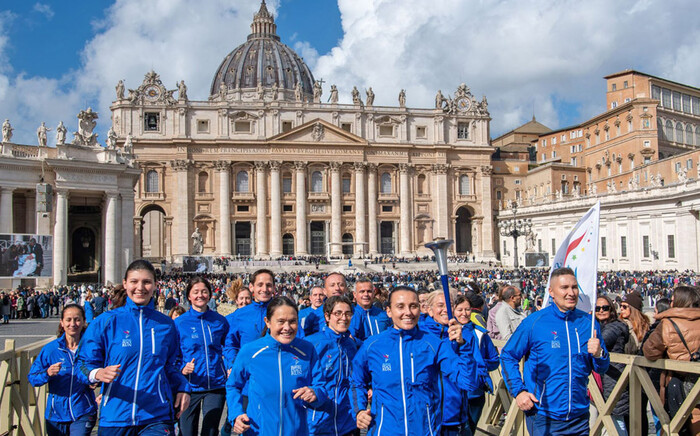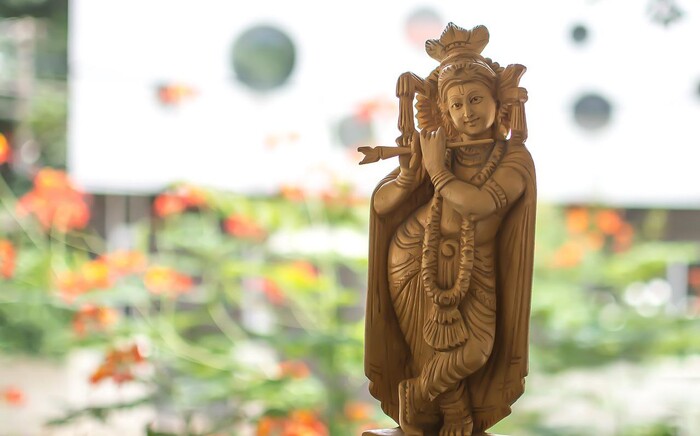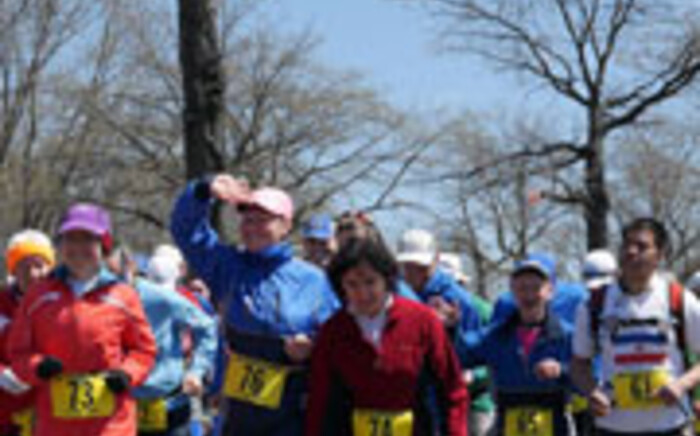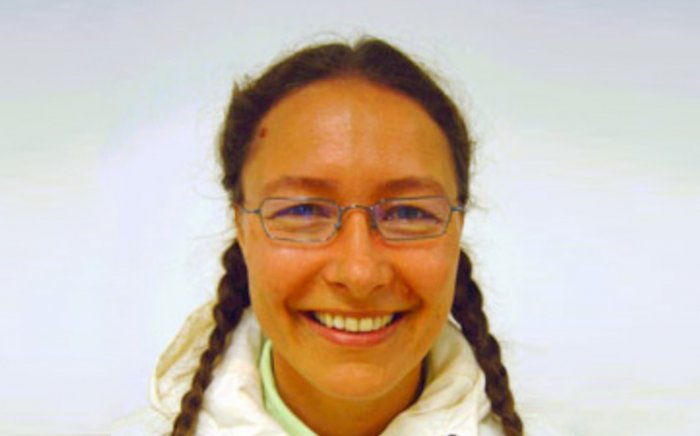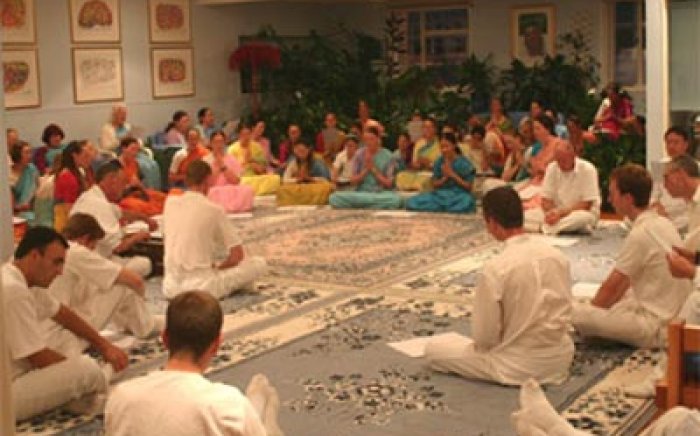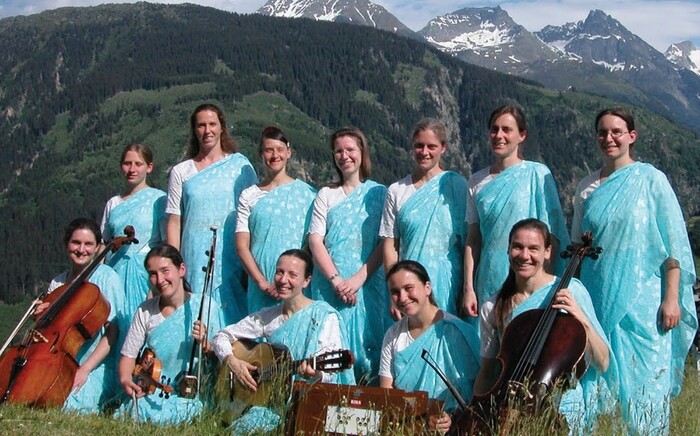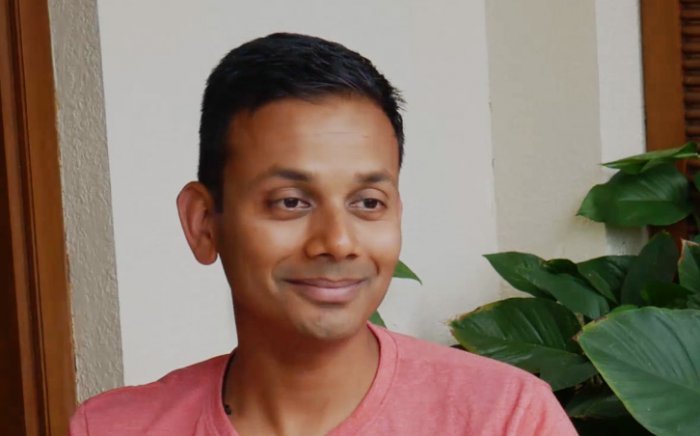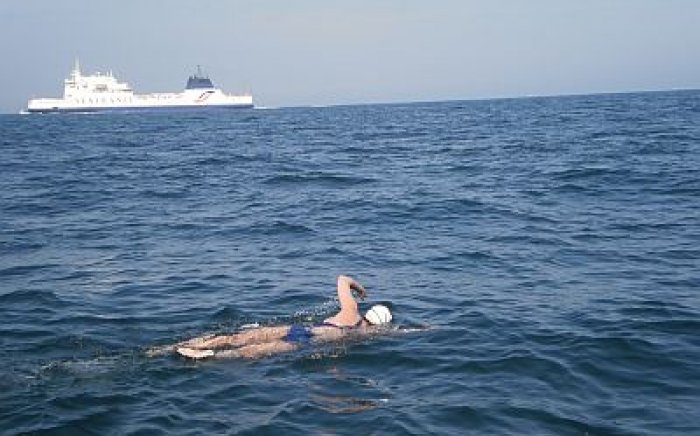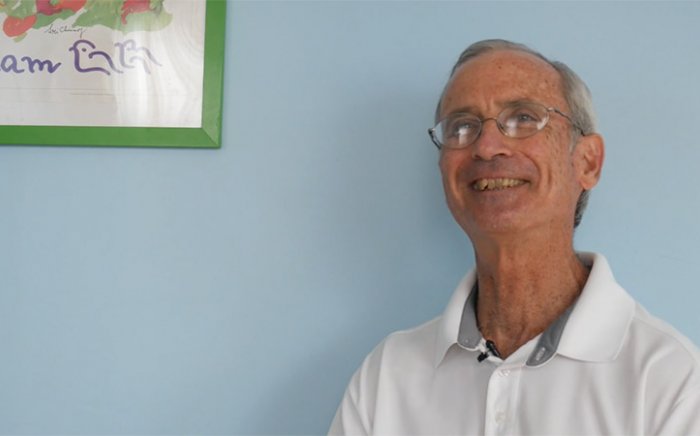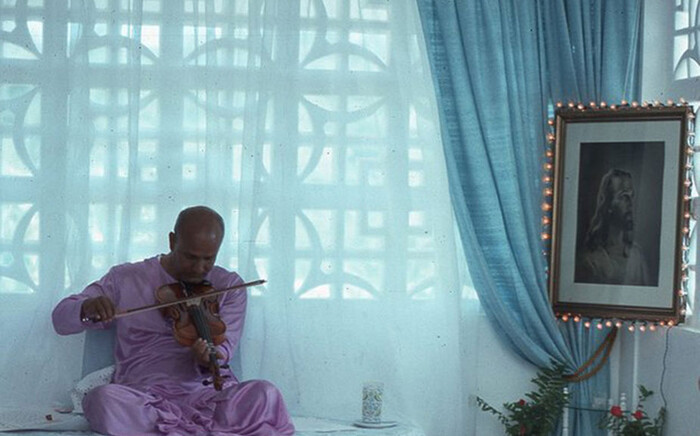The Bible exhorts its readers (in Proverbs 6.6) - "Go to the ant, you sluggard. Consider her ways, and be wise." We humans do have a lot that we can learn from the qualities and activities of many of the animals. One should certainly go to the ostrich . . . and consider her ways.

For the last year or so I have lived with two Armenians. This is a most unusual situation in New Zealand, where Armenia is largely unheard of.
One might think that, given these domestic arrangements, I might have picked up a smattering of the Armenian language. Alas, not so. New Zealanders are notoriously monolingual. It is only in recent years that even the Maori language has been widely taught in schools – mostly we are content to grunt away at each other in English in our funny accents that people from the USA find so amusingly incomprehensible.
Besides this national limitation, I do personally seem to have a peculiar lack of aptitude for languages. Twice I have tried to learn a foreign language - once at school where they tried to teach me French, and once at university where I struggled manfully with Ancient Greek before finally conceding defeat. Both experiences were pretty abject failures.
So, even living with Armenians and hearing the language daily, I have picked up practically nothing.
In fact - shameful though it is to admit – my entire vocabulary of the Armenian language consists of two words: -
. . . words pronounced djaylam tsu.
. . . words meaning . . . ostrich egg.
Now, one may well wonder how, of all the words in the great and rich language of the Armenians, I know only the words for the egg of an ostrich.
Let us explain.

In 1981 I received the sacrament of Confirmation. In the Catholic Church this marks a stage of initiation into the Church – a personal commitment to the ideals and life of Christ.
One appealing aspect of this rite is that one gets a new name - a name that expresses one's new identity. And you get to choose it yourself – a point which, if your parents decided to name you Barnaby Aloysius, is quite appealing.
There are thousands of saint’s names to choose from, each one associated with the story and qualities of the saint who bore it. Choosing a name thus becomes an act of expressing one's ideals and aspirations.
And so it was that I took the name . . . Anthony.
“Anthony, be sealed with the Holy Spirit. Peace be with you,” said the bishop as he placed his hand on my cheek in that gesture sprung from the blow by which knighthood was conferred in the twelfth century.
The Anthony who had inspired me and whose name I took was born in Egypt in the middle of the third century. A well-to-do land owner, Anthony, on hearing the Gospel words, “If thou wilt be perfect, go and sell all thou hast”, gave away all his possessions and devoted himself to spiritual exercise.
Initially he used to visit various ascetics, studying their lives and trying to learn from them the virtue in which each seemed to excel.
Later he withdrew to a tomb near his native village where he spent fifteen years before retiring across the Nile to an abandoned fort where he lived in complete seclusion for twenty years - food being thrown to him over the wall.
Gradually a number of would-be disciples established themselves in caves and in huts around the area, forming a colony of ascetics who begged Anthony to be their guide in the spiritual life.
At length he yielded to their request and emerged from his retreat. To the surprise of all, he appeared to be, not emaciated, but vigorous in body and mind.
For five or six years he devoted himself to the instruction and organisation of the great body of men that had grown up around him, but then he once again withdrew into the inner desert - to Mt Colzim. Here he spent the last forty-five years of his life, dying at the age of 105.
At his own request his grave was kept secret by the two disciples who buried him, lest his body should become an object of reverence.
“His doctrine surely is pure and unimpeachable; and his temper is high and heavenly, without cowardice, without gloom, without formality, without self-complacency. Superstition is abject and crouching, it is full of thoughts of guilt; it distrusts God, and dreads the powers of evil. Anthony had nothing of this, being full of confidence, divine peace, cheerfulness, and valorousness. Full of enthusiasm he was - it did not make him fanatical or morose; his urbanity and gentleness, his moderation and sense stand out.”
He is recognized as the father of monasticism and of the dedicated religious life in general.
******
Many years after I took the name of Anthony as my own – indeed not very long ago – I chanced across a book in a book shop by Australian author James Cowan entitled “Journey to the Inner Mountain: in the desert with St Antony’

St Anthony! I bought it.
It is perhaps the only book I have ever turned the last page of and then opened up at the front and started reading all over again.
It is the story of how the author visited the monastery which has stood, since the time of Anthony, at the foot of Mt Colzim. There he studies, in the monastery library, ancient manuscripts outlining the lives and practices of many ancient hermits and spiritual adepts in the Middle East. More importantly though, he climbs the mountain to meet the ‘last anchorite’ – the one man living out this particular form of spiritual practice – a solitary in a small stone cell high on a mountain in the Egyptian desert.
“The man stood before me in the midst of his terrace, his face all but lost in a beard. Lines of fatigue and premature age creased his forehead. I could see little more of him except his hands, sunburnt and gnarled, emerging from the folds of his habit. His bonnet, decorated with embroidered white crosses, was tied under his chin. He radiated real warmth as he extended his hands in welcome.
“Lazarus is my name,” he said, and then added: “Because I am . . . reborn.”
His final word fell like a pebble into a pool, intimating hidden circles of suffering and joy.”
The man turns out to be a fellow Australian - a university lecturer who has followed his search for divine union to this remote spot.
At one point in their series of conversations, Lazarus explains to Cowan practices of early hermits and monks of the area: -
Lazarus told me of another interesting custom associated with the monasteries of the Thebiad.
Ostrich eggs are said to hang from the ceiling of the church as a symbol of spiritual dedication. According to Fr Vansleb, a seventeenth-century visitor, this practice enabled monks to concentrate their devotions:-
"I have read in an Arabian manuscript, a remarkable thing concerning the ostrich, which I cannot pass over without publishing.
When it intends to hatch its eggs, it sits not upon them, as other birds, but the male and female hatch them with their eye only; and when either of them hath need to seek for food, he gives notice to the other by crying, and the other continues to look upon the eggs, till it be returned . . . for if they did but look off for a moment, the eggs will spoil and rot.
The church of the Coptics hath learned an excellent custom from the practice of the bird. They hang up a light between two eggs of an ostrich, over against the priests that officiate, to advise them to be attentive to their devotions."
It was this eye that made it possible for an ascetic to penetrate the mysteries more deeply than if he ignored the example of the ostrich. The bird had devised a method to intensify its level of concentration to the point where a genuine “hatching” might begin to occur. Whether, biologically, the fact was true or not was immaterial: the glow of the ostrich egg reflecting the light of candles in a church was enough to work its wonders upon the monks.
It is the perfect image. Think of the degree of focus, care, concentration, dedication one would have in one's looking if the hatching of one's chicks depended on it. This is what the monk in his cell, or any seeker of the divine, needs. When he sits down to pray and meditate, the seeker must have this one-pointed focus, this earnest disregard for distraction.
And the image goes further - for, in his prayer and meditation, what is the spiritual aspirant doing if not indeed trying to hatch an egg, to bring forth within himself a new and vibrant life?
What can we not achieve if we have the intense gaze of the ostrich parent? In any field if we can develop that gaze we will be rewarded with the hatching of success.
*******
So when I put down the book for the second time, I set out to find an ostrich egg that I too might keep an egg before me to advise me to be attentive to my devotions.
And so it is that the Armenians found in my room, in a place of honour, the egg of an ostrich - djaylam tsu.
*******
Of course, in the end, an egg is just an egg. It pays to remember that an ostrich egg is really just a little ostrich’s first home . . . and some mother’s eternal pride and joy . . .
Some links:
• A beautiful photo essay on the monastery of St Anthony in the Egyptian desert
• Some more delightful photos of ostriches (just in case you love the one above as much as I do.)
• It seems that James Cowan's book has had its title changed - but "Desert father: in the desert with St Anthony" seems to be the same book that I read under the slightly different name.
